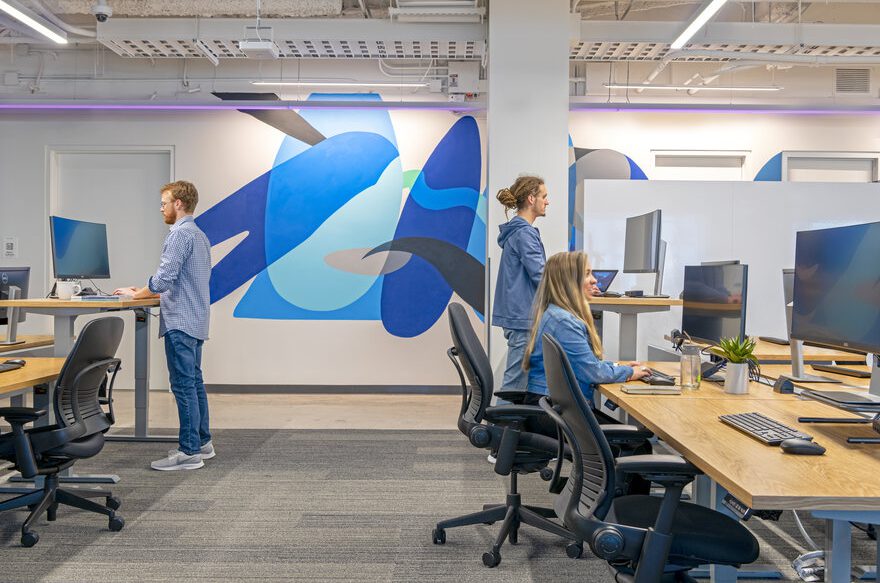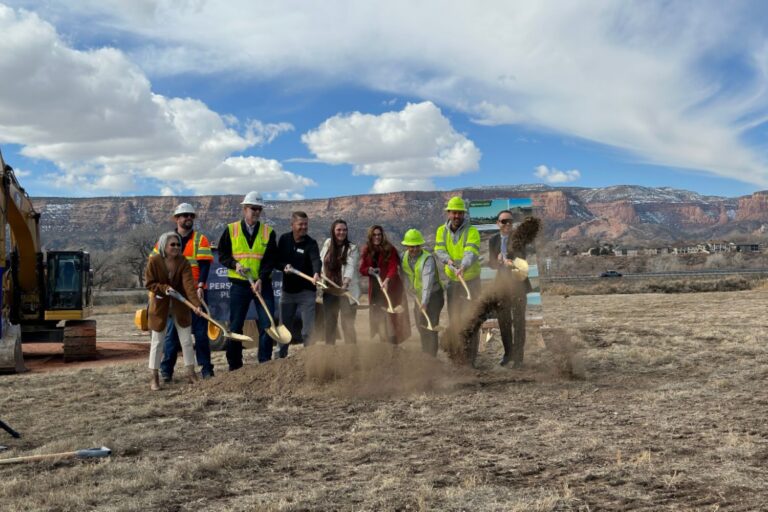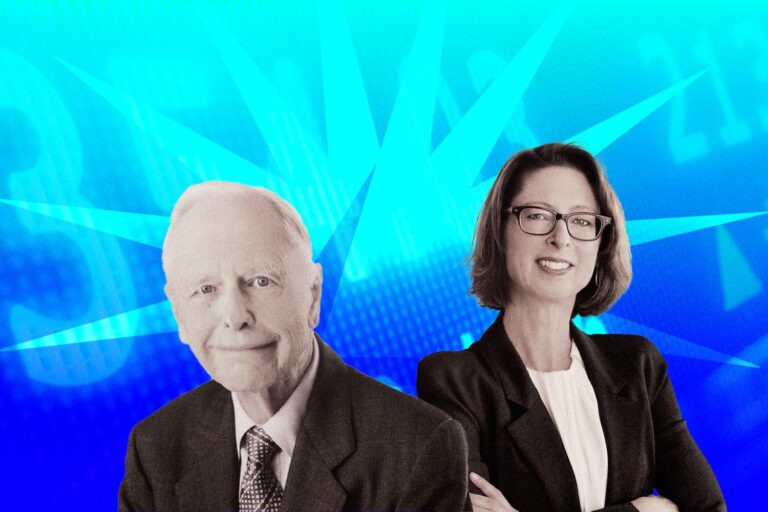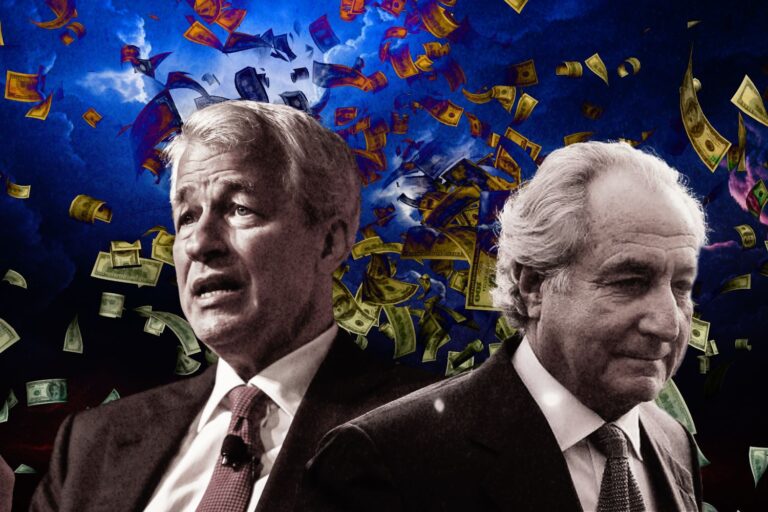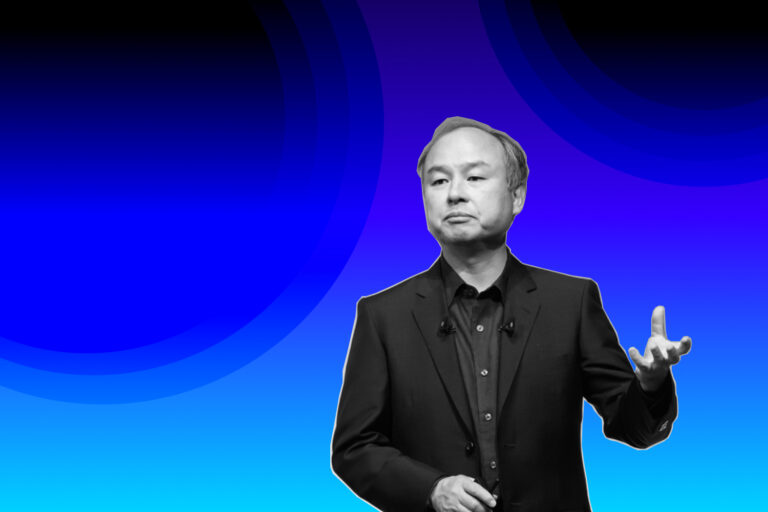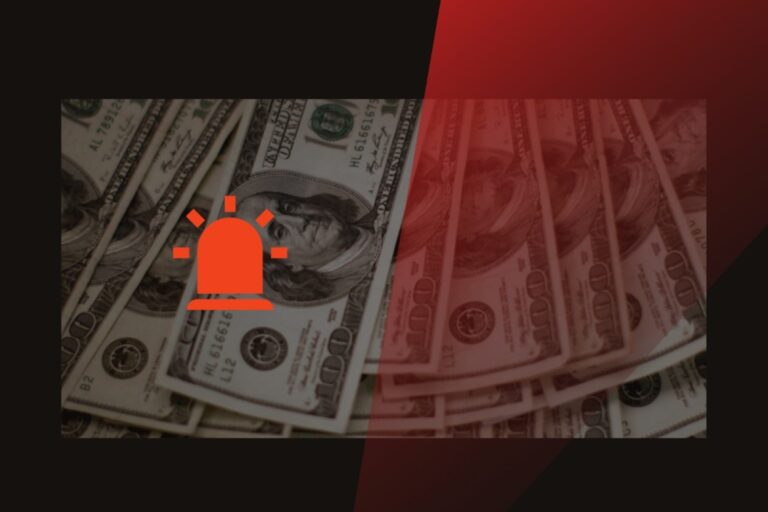Giant PayPal: Major Steps Towards Digital Payments Uptrend
While shifting to digital payments is not a new trend, the COVID-19 pandemic as well as the “New Normal” will accelerate the pace of change in the structure of this fintech industry. It is pushing what were once powerful disruptors – such as credit and debit cards, to become the disrupted – as digital wallets gain favor, particularly with younger age groups. It’s time for the ‘US payment giant’ PayPal to keep up with the trend and even take advantage of it!
Competition is heating up in the red-hot “Buy now, pay later” (BNPL) sector with the launch of American online payment giant PayPal’s new Pay-in-4 service, known as a strong rival to other deferred payment providers. Not just that, as the pandemic continues to put huge stress on people’s and businesses’ finances, in an effort to meet some of the crunches, PayPal and Visa recently announced an expansion of service to get cash into people’s hands faster.
PayPal is the Newest Yet the Fastest in the BNPL Race
PayPal has just introduced a new installment credit option for PayPal users called Pay-in-4. The name itself explains what the service offers — basically, it’s the ability for customers to pay for purchases, interest-free, over four separate payments. The service is an expansion on PayPal’s existing lineup of Pay Later solutions, which also includes PayPal Credit’s revolving credit line and its Easy Payments.
The short-term payment option allows US customers to pay for a purchase over time, without fees or interest. After their initial payment, the remaining three payments are automated. The feature will also appear in the customer’s PayPal wallet, where the payments can be managed. Since PayPal is tied to a customer’s credit card or bank account, it reduces the chance of a forgotten payment. But if the customer can’t pay, there will be fees involved. These will vary by state, as each state has its own late fee structure which PayPal will abide by, the company says.
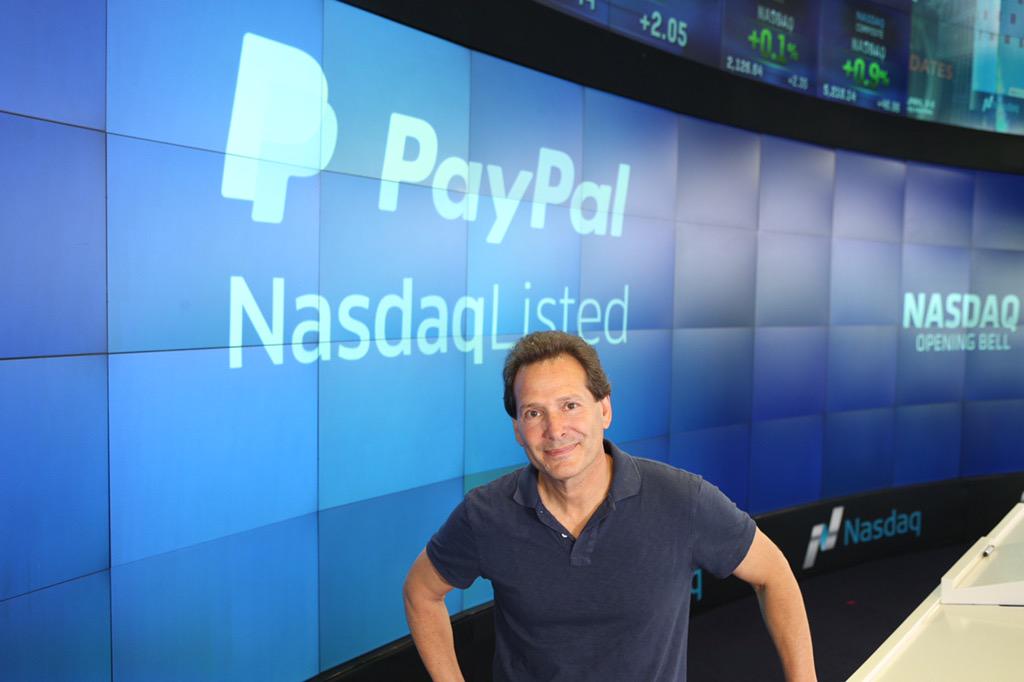
It is meant to compete with rival fintech services like Klarna, AfterPay, Affirm, and others, which may or may not charge fees or interest upfront, but do often tack on late fees when consumers can’t pay. With Pay-in-4, customers can choose to pay for purchases between $30 and $600 over a six-week period. Because it’s included with the merchant’s existing PayPal pricing, they won’t have to pay more fees to offer the option to their customers — as they do with several competitive “buy now, pay later” services.
“In today’s challenging retail and economic environment, merchants are looking for trusted ways to help drive average order values and conversion, without taking on additional costs. At the same time, consumers are looking for more flexible and responsible ways to pay, especially online,” said Doug Bland, Senior Vice President for Global Credit at PayPal, in a statement about the launch.
“With Pay-in-4, we’re building on our history as the originator in the buy now, pay later space, coupled with PayPal’s trust and ubiquity, to enable a responsible and flexible way for consumers to shop while providing merchants with a tool that helps drive sales, loyalty and customer choice,” he added.
#1. The Potential of BNPL Market: COVID-19 Is Aiding the Method
“Buy now, pay later” is not a new concept, notes Mark A. Cohen, Director of retail studies at the Columbia University Graduate School of Business, underscoring that the practice has been the underlying basis of consumer credit since World War II and fueled the late 20th-century emergence of the American middle class.
These so-called installment loans have been around for decades and historically used for big-ticket purchases such as furniture. But online payment players and fintechs are rushing to launch their own version of a “pay later” product for online items in the hundreds of dollars.
“There’s no question this is on the rise,” said JMP Securities analyst David Scharf. “The application of pay later in a digital environment has definitely gained traction.”
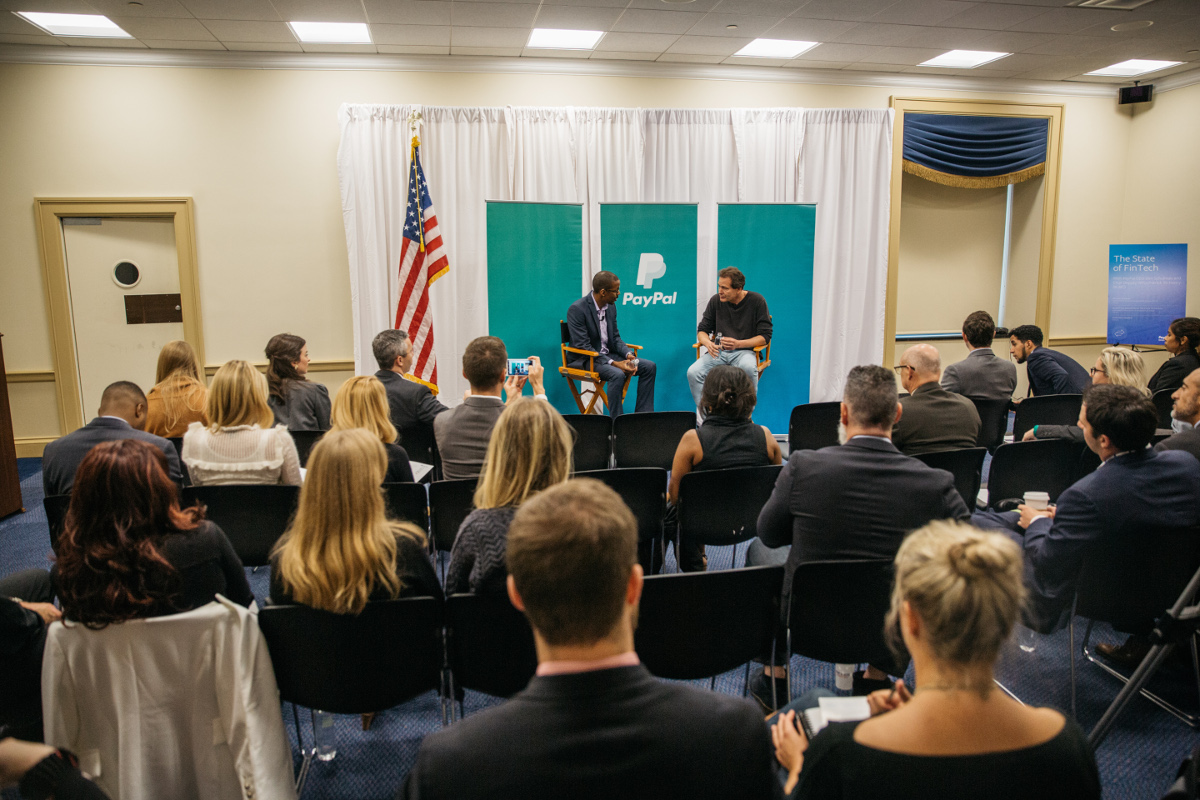
While the groundwork for BNPL services has been set for decades, the sudden ubiquity is almost to be expected given the suddenness of the recent economic downturn. As the US unemployment rate hit 10.2% in July (down from a peak of 14.7% in the spring), Cohen speculates that many consumers in the throes of the pandemic have been pressed to max out their credit cards to stay afloat. At the same time, credit card issuers, in turn, have likely lowered many customers’ credit limits as they have become far less creditworthy. Retailers—also suffering greatly as consumer spending has been soft—can respond here by offering interest-free BNPL services (so long as the customer pays within the prescribed window) to induce customers to shop now, not later.
“It enables shoppers—especially younger shoppers—to spend with some urgency, rather than wait or not spend at all,” says Wendy Liebmann, CEO of consulting firm WSL Strategic Retail. “That’s an advantage for categories like clothing, where in-and-out trends mean there is some urgency to buy. Waiting may not be an option, at least from an emotional standpoint.”
Data from Afterpay and PayPal show that consumers spend more money—sometimes 20% more—when they’re offered point of sale financing options. When PayPal launches Pay-in-4 this fall, it will likely see transaction sizes rise, and since it already earns 2.9% on each transaction, its fee revenue will rise in tandem.
The online point of sale financing market has millions of American customers so far. Afterpay, which expanded to the US in 2018, has 5.6 million users. Affirm also says it has 5.6 million. Stockholm-based Klarna, 9 million, and Minneapolis-based Sezzle have at least one million.
#2. What Makes PayPal Stand Out
Pay-in-4’s fees make it different from other “buy now, pay later” products. Afterpay charges retailers roughly 5% of each transaction to offer its financing feature. It doesn’t charge interest to the consumer, but if you’re late on a payment, you’ll pay fees. Affirm also charges retailers transaction fees. But most of the time, it makes users pay interest of 10 – 30%, and it has no late fees. PayPal seems to be a lower-cost hybrid of the two. It won’t charge interest to the consumer or an additional fee to the retailer, but if you’re late on a payment, you’ll pay a fee of up to $10.
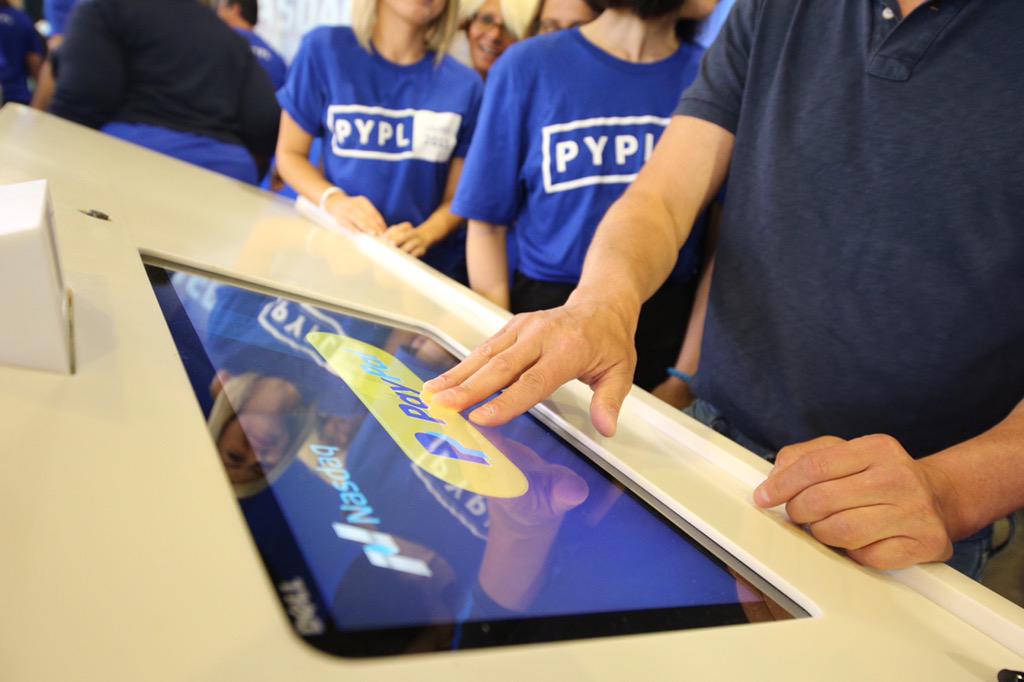
PayPal can undercut the competition on fees because it already has a dominant, highly profitable payments network it can leverage. Eighty percent of the top 100 retailers in the US let customers pay with PayPal, and nearly 70% of US online buyers have PayPal accounts. PayPal charges retailers per-transaction fees of 2.9% plus $0.30, and in the second quarter, as COVID-19 made online purchases skyrocket, it saw record revenues of $5.3 billion and profits of $1.5 billion. Its stock has ballooned, adding $95 billion of market value over the past six months. In an economic environment where e-commerce is surging, “PayPal can grow 18-19% before it gets out of bed in the morning,” says Lisa Ellis, an analyst at Moffett Nathanson.
Swiss investment bank UBS called PayPal’s move “a significant turning point” as its two key concerns for the BNPL sector have been risk of competition and regulation.
“With PayPal launching a Pay-in-4 service product expected in Q4, following Shopify’s partnership with Affirm, we believe this could lead to significant competitive pressures over coming years,” UBS said in a research note.

PayPal is a formidable competitor given its $346 million active users, and $26 million merchants globally, and its total payment volume of $790 billion ($1 trillion) in 2019. The American online payments company has a net margin per transaction of 1.3%, compared with 2.3% and 2.45% for Afterpay and Zip, respectively.
#3. But What’s Not to Love About BNPL?
On the surface, “buy now, pay later” (BNPL) services present an enticing offer. You make a purchase, and then you pay it off over a series of fixed installments instead of all at once. This makes big expenses much easier to handle, especially when you don’t have enough saved to pay in full. And unlike with zero-interest credit cards, you don’t need good credit to qualify because there’s usually no credit check required.
However, while the lure of smaller, interest-free payments might seem appealing on the surface, just like credit cards, those offers are dependent on consumers making payments on time. If they don’t make payments on time, again, just like with credit cards, those penalties rack up fast, and consumers face the potential of falling into a great amount of debt in a short amount of time.
Missed payments carry costly penalties
BNPL works out well if you make all your payments on time. The provider won’t charge you fees or interest, and those payments will be a positive on your credit history. However, the arrangement goes south if you miss a payment. If that happens, you may get charged a late fee, which is usually expensive.
A missed payment could also mean that the provider will charge you interest on your balance. And if you don’t make your payment for 30 days or longer, this can be reported on your credit file and drop your credit score.
The interest rate can skyrocket if you don’t pay off your balance in time
One of the best parts of BNPL is that you can pay off your purchase without paying interest. Of course, this doesn’t last forever. You’ll have an interest-free period, but if you don’t pay in full within that time, then the provider charges interest. And in some cases, the minimum payment amount isn’t enough to pay off the balance in time.
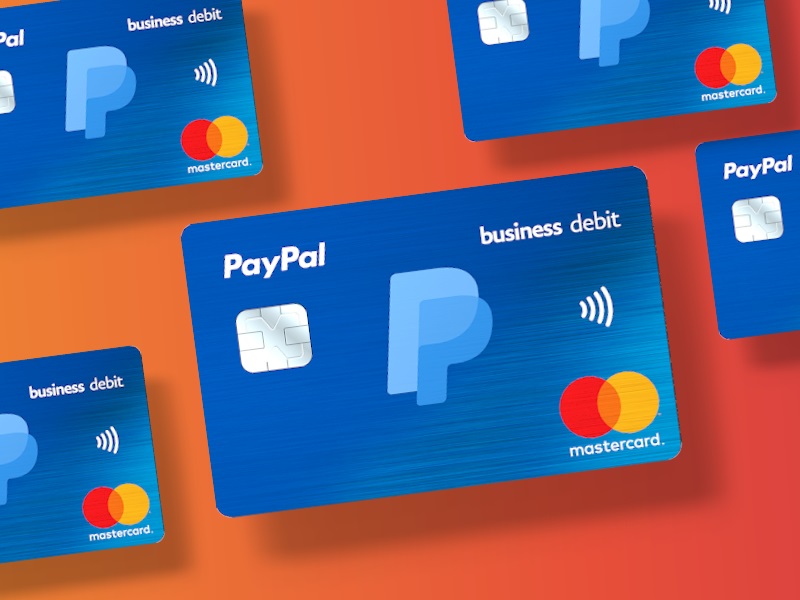
Therefore, it’s imperative for consumers to closely read the rules for payment plans before making purchases. “The interest rate is not always explicit, letting consumers feel they’re just paying for goods over time,” Griffin says. “I suspect current economic stress will lead to greater demand for BNPL. But equally, it will increase the risk of default, so providers may rein back the offering.”
Put even more simply: There are no free rides anywhere. But retailers also shouldn’t overlook the risks in offering installment plans. “Whenever a consumer purchases something without paying for it, immediately there is a bill due,” Cohen says. “As for the retailers offering this new/old form of credit, they face the challenging specter of slow-pay/no-pay consumers who they do business within this way.”
It tempts you to make unnecessary purchases
Easily the biggest danger of BNPL is the temptation to overspend. If you’ve encountered BNPL offers, then you probably know what this feels like.
When that tablet, exercise bike, or whatever else you’ve had your eye on costs $1,000, you think long and hard about whether it’s worth the money. But when you see that you could also buy it for a mere $42 a month for 24 months, it suddenly feels a lot more affordable.
You’ve still spent $1,000, though. Only now you’ll be playing catch-up over the next two years. While your monthly payments may not seem like much, that’s money you could invest in stocks or save.
“It’s easy for shoppers to get into unmanageable debt quickly, and for retailers, there’s the cost of merchandise bought but not paid for,” Liebmann concurs. To be fair, BNPL can be a good way to finance a purchase. You just need to consider whether the purchase is important enough that you want to commit months or years to pay it back.
PayPal Extends Real-time Payments Partnership with Visa
Whether sending money to a family member in another country or obtaining same-day access to earnings, fast and secure digital payments have become an essential part of how the world pays and gets paid in the wake of COVID-19.
PayPal and Visa Inc. recently shared details about an extension of their global partnership, which will expand real-time access to funds for consumers and small businesses that are sending or receiving money via PayPal, Venmo, or Xoom. This collaboration expands PayPal’s Instant Transfer service, which leverages Visa Direct for real-time payment capabilities to global markets and enables fast domestic and cross-border digital payments.
“Sending money to loved ones or giving small businesses real-time access to earnings is critical during these challenging times,” said Jack Forestell, CPO, Visa. “By partnering with PayPal on a global scale, we are bringing together two trusted brands to provide hundreds of millions of consumers and small businesses globally with quick and secure payment options that can help them maintain financial stability.”
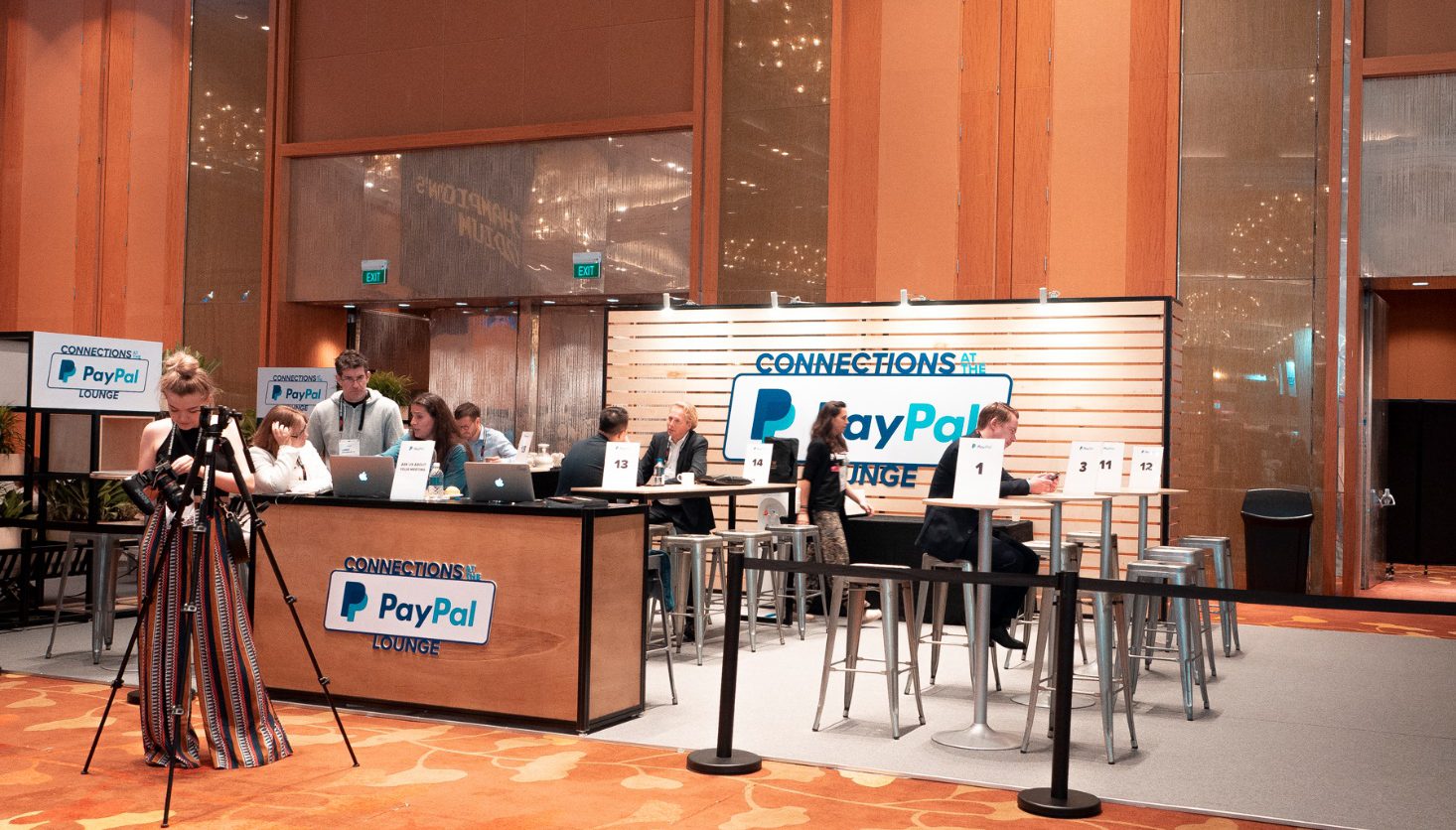
Person-to-person (P2P) payments using Visa Direct, Visa’s real-time push payments platform, experienced an almost 80% increase in transactions in the US during Q3 2020. Eligible PayPal customers can pay and get paid by friends, family, and businesses, and move money quickly from their PayPal, Xoom and Venmo accounts via Visa Direct to their eligible Visa cards.
Real-time access to earnings has become a critical component of improving cash flow for small and microbusinesses. Seventy-six percent of US SMBs have reported struggling with cash flow shortages in the last few months, with 91 percent expressing interest in real-time settlement capabilities. Through Visa’s collaboration with PayPal, merchants will be able to access their money quickly and efficiently, eliminating the need for paper-based processes that can delay quick access to funds.
“Digital is quickly becoming the preferred way for people and businesses to move money,” said Jim Magats, Senior Vice President for Omni Payments, PayPal. “While the global pandemic has dramatically accelerated the shift to digital, we see this move to digital as a long-term change that will outlast the pandemic. We’re excited to expand our partnership with Visa to help more customers around the world get faster access to their funds, which is even more critical during these challenging times.”
Bottom Lines
“However you look at it, consumer credit balances were rising somewhat sharply pre-COVID and now are likely to drive an economic crisis whose dimensions and duration will be dependent on how long COVID-19 paralyzes our economy and how long it takes for us to truly recover,” – said Cohen, Director of retail studies at the Columbia University Graduate School of Business.
Even though shoppers need all the encouragement to buy these days, this trend is not only a pandemic story. With the introduction of cutting-edge technology and constant improvement of existing technologies, we might see faster, more transparent, and more secure cashless payments than ever.

